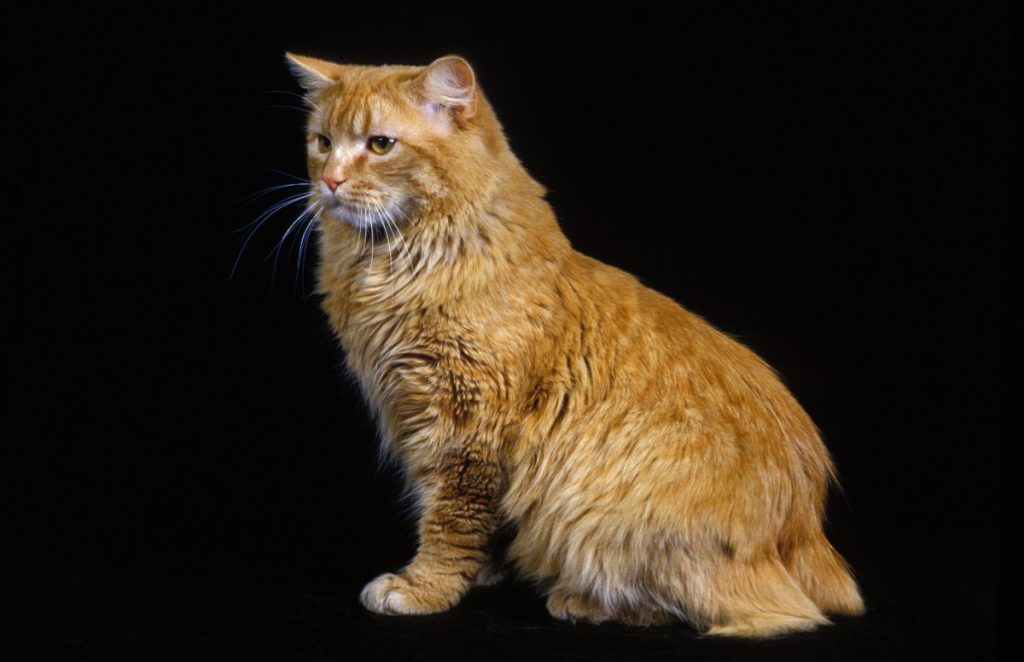The Cymric cat, known for its charming appearance and distinctive taillessness, is a breed with origins in the Isle of Man. This cat breed is essentially a long-haired variety of the Manx cat, sharing the same genetic mutation that results in a naturally occurring taillessness or short tail. The Cymric is characterized by a round face, large eyes, and…

Cymric
Statistics
Life Span
8 to 14 years
Length
14 to 18 inches
Weight
8 to 12 pounds
Country Of Origin
Isle of Man, UK
Trending
No content yet. Check back later!